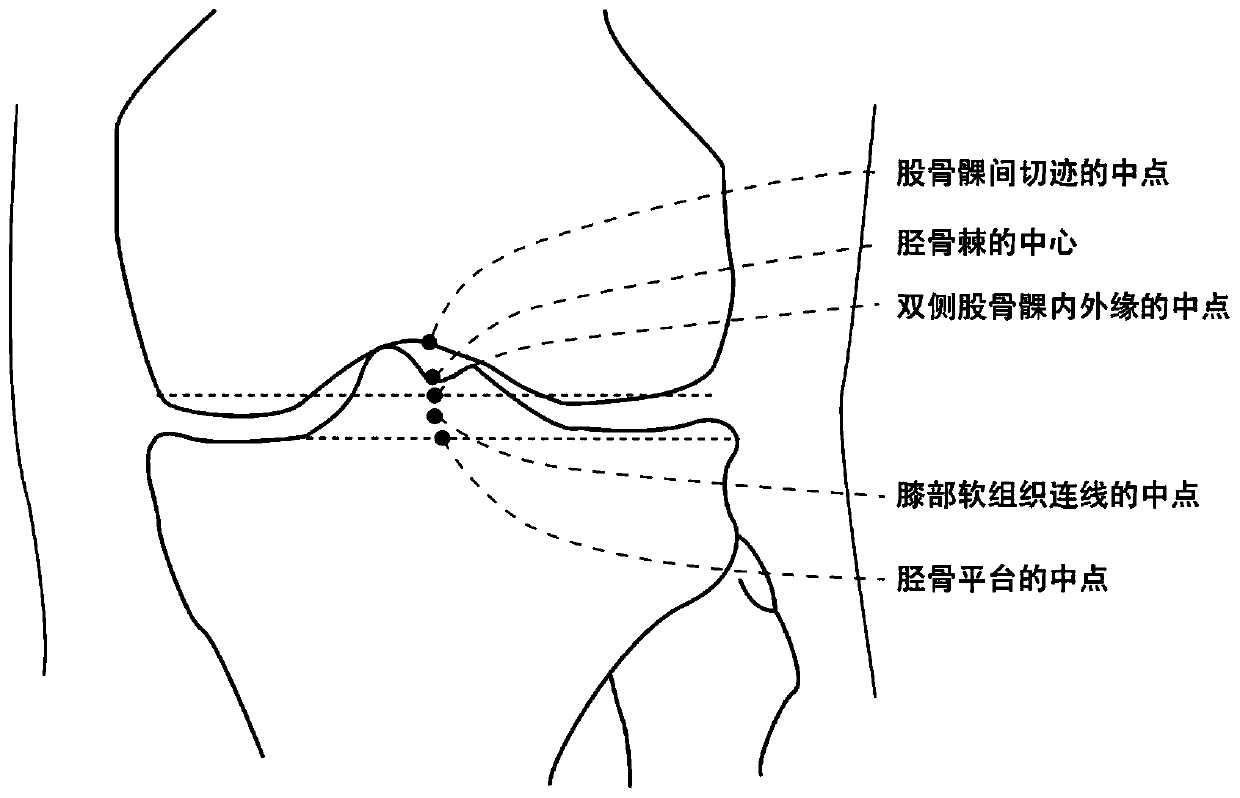Leg-bone lower limb force line automatic detection method and device
An automatic detection device and automatic detection technology, applied in the field of medical image processing, can solve problems such as poor reliability, restricting surgical effects, and relying on the experience of the surgeon, so as to improve reliability, reduce workload, and reduce subjective errors.
- Summary
- Abstract
- Description
- Claims
- Application Information
AI Technical Summary
Problems solved by technology
Method used
Image
Examples
Embodiment Construction
[0028] Such as image 3 As shown, the method for automatic detection of the line of force of the lower limbs of the femur comprises the following steps:
[0029] (1) Obtain CT image data: use CT equipment to scan the predetermined part of the patient before operation to obtain preoperative CT images;
[0030] (2) Segment and three-dimensionally reconstruct the patient's skeleton in the CT image, and establish a three-dimensional model of the patient's skeleton in the model space;
[0031] (3) For the three-dimensional model of the femur, the position of the centroid of the femoral head is determined by the method of obtaining the centroid of the double section plane;
[0032] (4) For the three-dimensional model of the femur and tibia, the coordinates of the center point of the intercondylar notch of the knee joint, the center point of the tibial plateau, and the center point of the ankle joint are obtained by using a rigid + elastic registration method;
[0033] (5) Obtain t...
PUM
 Login to View More
Login to View More Abstract
Description
Claims
Application Information
 Login to View More
Login to View More - R&D
- Intellectual Property
- Life Sciences
- Materials
- Tech Scout
- Unparalleled Data Quality
- Higher Quality Content
- 60% Fewer Hallucinations
Browse by: Latest US Patents, China's latest patents, Technical Efficacy Thesaurus, Application Domain, Technology Topic, Popular Technical Reports.
© 2025 PatSnap. All rights reserved.Legal|Privacy policy|Modern Slavery Act Transparency Statement|Sitemap|About US| Contact US: help@patsnap.com



